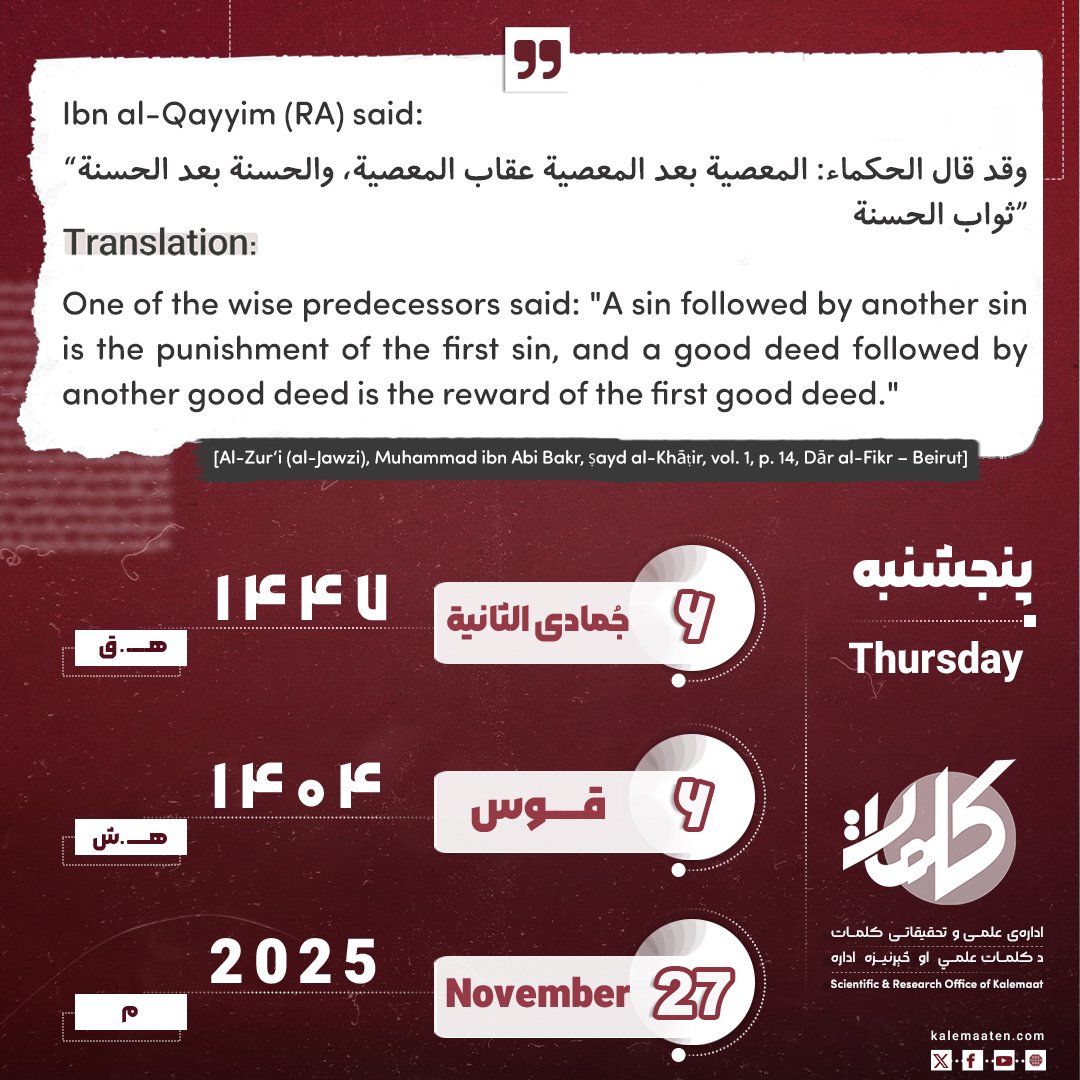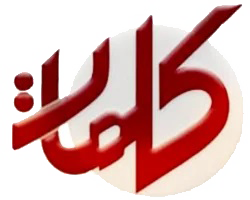
Author: Mufti Noor Mohammad Mohibi
The Quran: A Miracle Beyond Time – A Study of Its Miraculous Nature (part 33)
The Precise Engineering of the Human Hand
If we only look at our hand and reflect on its mechanisms, we realize that this small organ is a gateway to understanding the greatness of the Creator. The complex structure of the hand is a carefully engineered combination of bones, muscles, nerves, joints, vessels, and tendons ([1]), which enables humans to perform thousands of precise and complicated activities.
The Bones of the Fingers
The human hand has five fingers. Each finger consists of three phalanges (Phalanx bones [2]), except the thumb, which is made up of two. This structural difference is the key to the superiority of the human hand over other creatures.
Scholars believe: “The thumb is the secret behind the flourishing of human civilization.”
The Thumb: The Key to Human Skill
The unique feature of the thumb is its ability to oppose the other fingers (the phenomenon of Opposition), which makes it possible to grasp delicate objects and perform precise movements such as writing, painting, sewing, and working with tools.
In the second phalanx of the thumb, there is a tendon connected to a muscle that grants it “flexibility, precision, and agility.” With the help of its ball-and-socket–like joint and multiple active tendons, the thumb is capable of movement in all directions: opening and closing, abduction and adduction, rotation, grasping, and touching the other fingers.
The Astonishing Role of the Thumb in Daily Life
Studies show that in activities such as typing, the thumb alone consumes energy equivalent to walking 40 kilometers. Yet since this movement is carried out without obvious fatigue, it remains unnoticed by us.
One Western scholar has said: “The human thumb opened the world of wonders to mankind.”
The Precise Structure of the Hand
The human hand is made up of 27 bones, 28 joints, and 33 muscles. The wrist (carpal bones) consists of seven parts. These joints allow the hand to move in all directions. Without them, the hand would lose most of its abilities.
Blood Circulation and Nerve Supply in the Hand
The blood network in the hand is highly intricate and precise. At any point in the hand where the tip of a needle is placed, blood flows — evidence of the existence of countless fine and dense blood vessels.
Alongside this, an equally precise nerve network covers the hand, including the median nerve, the ulnar nerve, and the radial nerve. These nerves are responsible for sensory reception and motor control of the hand. Some of these movements are voluntary, while others are involuntary and reflexive.
Allah the Almighty says in the Holy Qur’an, referring to these wonders of the joints and connections in the human body: (نَّحۡنُ خَلَقۡنَٰهُمۡ وَشَدَدۡنَآ أَسۡرَهُمۡۖ) [Al-Insan: 28] Translation: “We created them, and We strengthened their joints and bonds.”
Conclusion
In summary, the human hand — especially the thumb — is a masterpiece of engineering in creation. Without the hand, none of the inventions, industries, arts, or human civilizations would have taken shape. This complex and precise organ is not merely the product of natural processes, but a manifestation of meticulous order, infinite wisdom, and unmatched power of Allah. It is a testimony to the existence of a Wise and Mighty Creator — the same God who alternates night and day so that the cycle of life may continue, giving every creature the opportunity for growth, renewal, and elevation.
Undoubtedly, reflecting upon this unparalleled order and power leads us to deeper recognition and gratitude toward the Creator of existence, affirming the greatness of this miracle of creation ([3]).
Continues…
Previous Part / Next Part
References
[1] Tendon: A strong and flexible type of connective tissue that connects muscles to bones. Its primary function is to transfer the force of muscle contraction to bones to enable movement.
[2] Phalanx: Each of the small bones in the fingers and toes. Each finger usually contains three phalanges: proximal, middle, and distal — except the thumb, which has two.
[3] Mawsu‘at al-I‘jaz al-‘Ilmi fi al-Qur’an wa al-Sunnah, Vol. 1, pp. 110–115.


